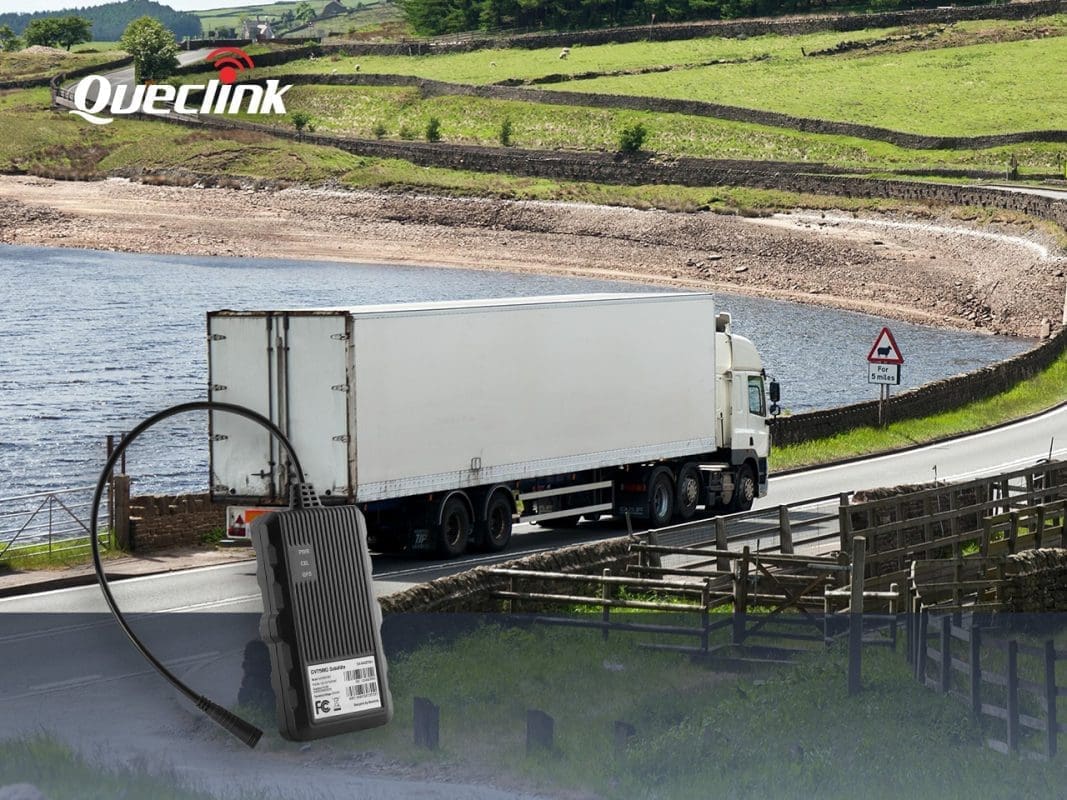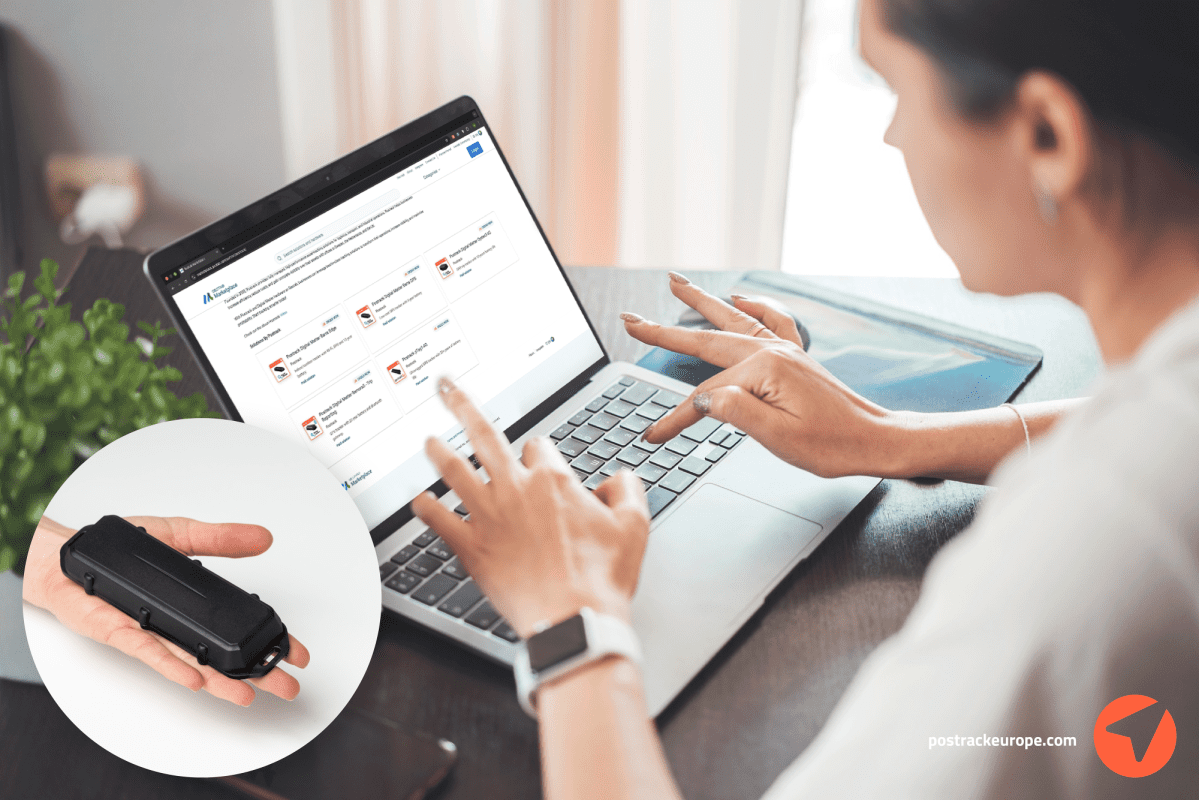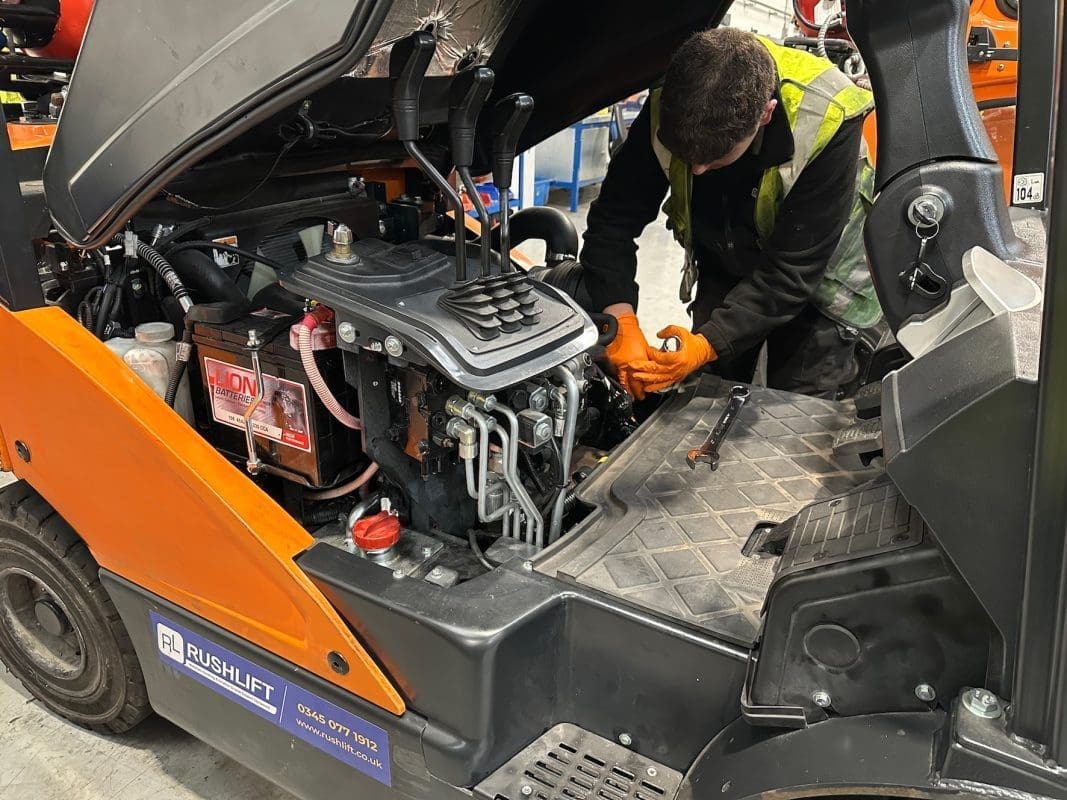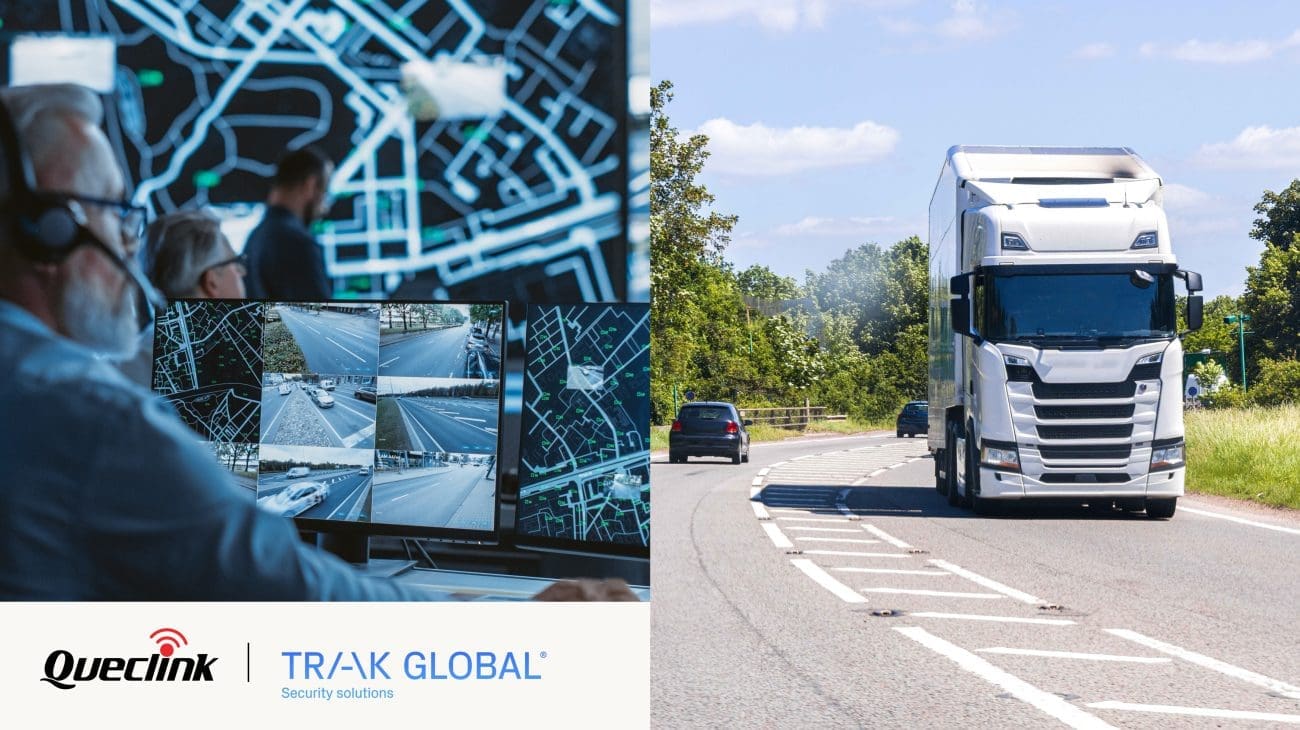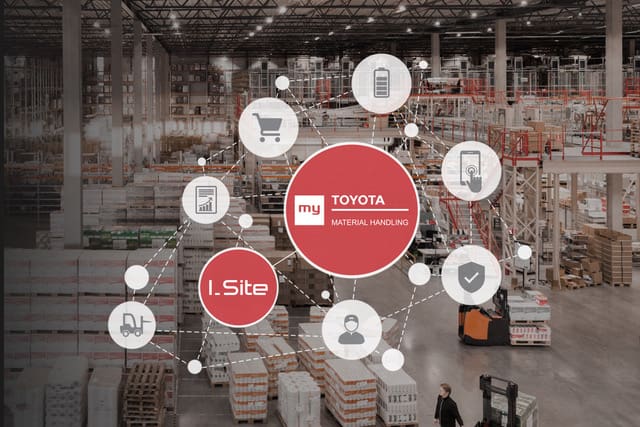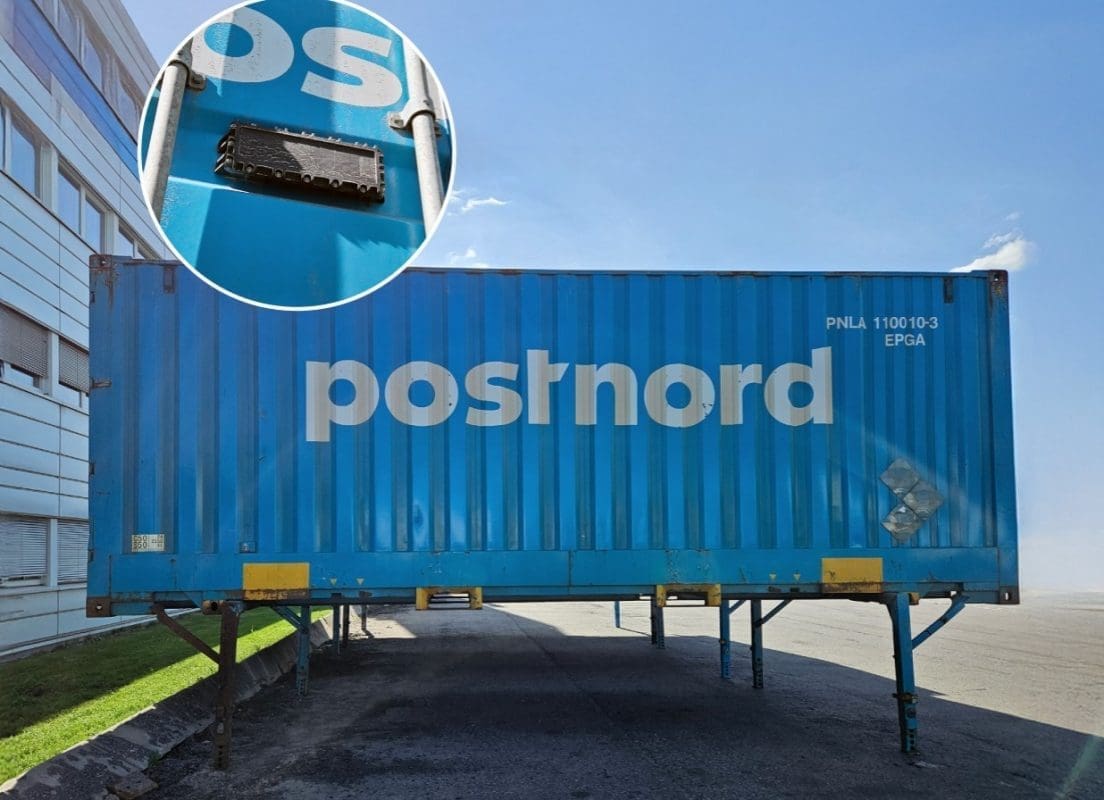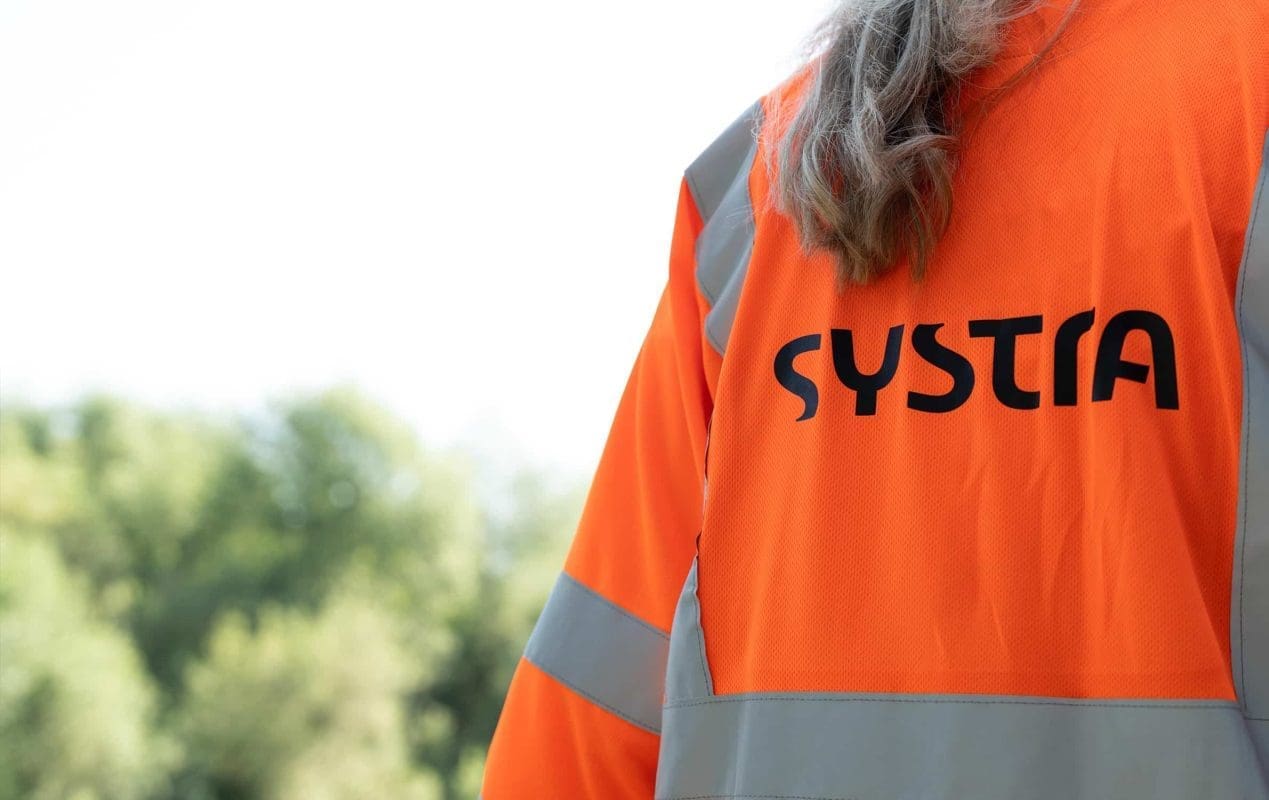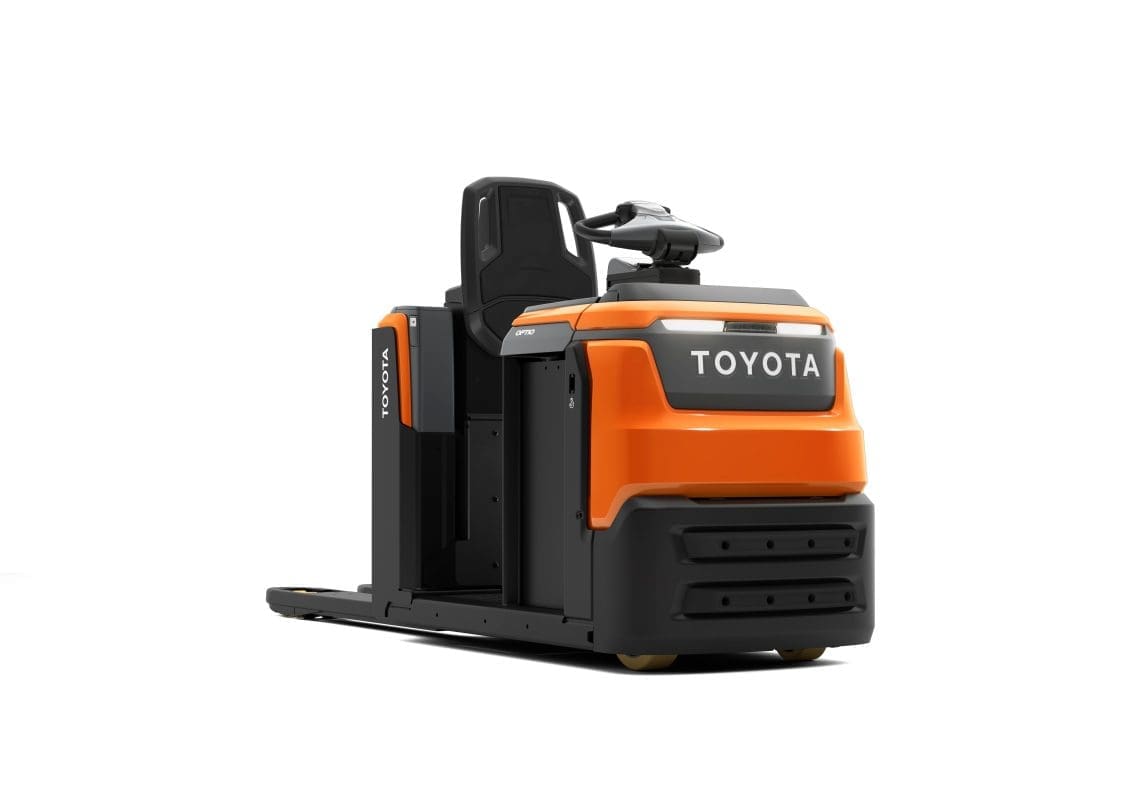- Shop All Documents + Bundles
- FORS V7.1 Document Bundle | Bronze (15 Policies)
- Transport Manager Compliance Pack (10 Policies)
- Transport Manager Compliance Pack (6 Policies)
- Health & Safety Policy Template
- Fuel, Emissions And Air Policy Template
- Operational Security Policy Template
- Serviceability And Roadworthiness Policy Template
- Road Traffic Collision Policy Template
- Counter Terrorism Policy Template
- Load Safety Policy Template
- Vehicle Routing And Scheduling Policy Template
- Driving Standards Policy Template
- Driving Hours Policy Template
- In Cab Technology Policy Template
- Passenger Safety Policy Template
- Complaints And Grievances Policy Template
- Drug And Alcohol Management Policy Template
- Hazard And Risk Identification Policy Template
- VOR (Vehicle Off Road) Policy Template
- Tyre + Wheel Policy Template
- Health & Eyesight Policy Template
- Transport Infringement Policy Template
- Walk Around Check (Defect Check) Tool Box Talk Template
- Transport Manager CV Template
- Social Media Policy Template
- Transport Manager Contract Template
- External Transport Manager Contract Template
- Driver Handbook
Pricing and politics pose packaging problems
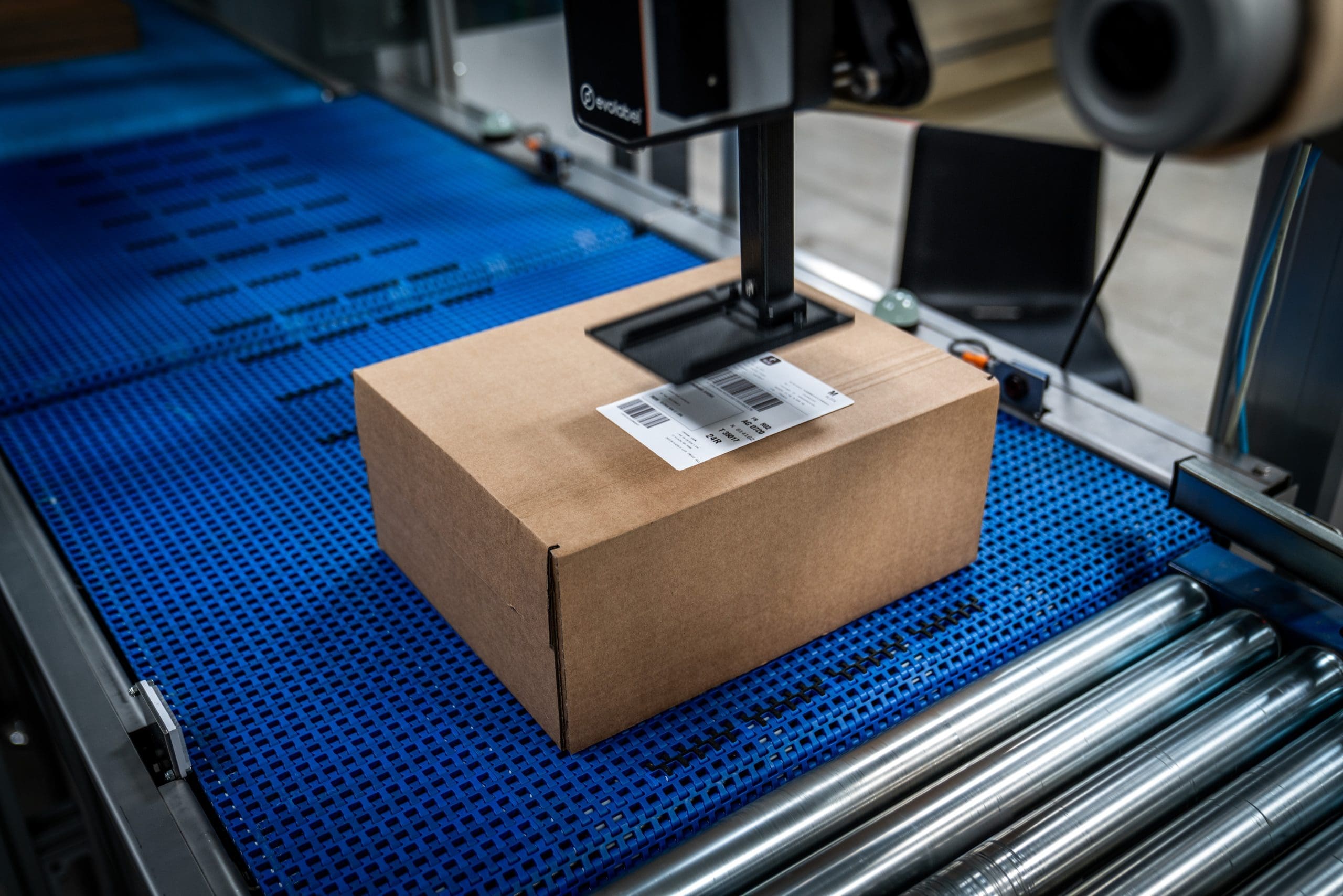
Rising ecommerce packaging costs and the European Union’s new Packaging & Packaging Waste Regulations (P&PWR) require careful consideration – and UK businesses need to be aware. By Jo Bradley, Business Development Manager at Sparck Technologies
Companies can be schizophrenic about packaging and its costs. On the one hand, product packaging is closely scrutinised – a battleground between buyers seeking to drive costs down and marketers looking for ever greater impact and ‘shelf appeal’. Product packaging is clearly seen as part of the product cost – transport packaging, not so much.
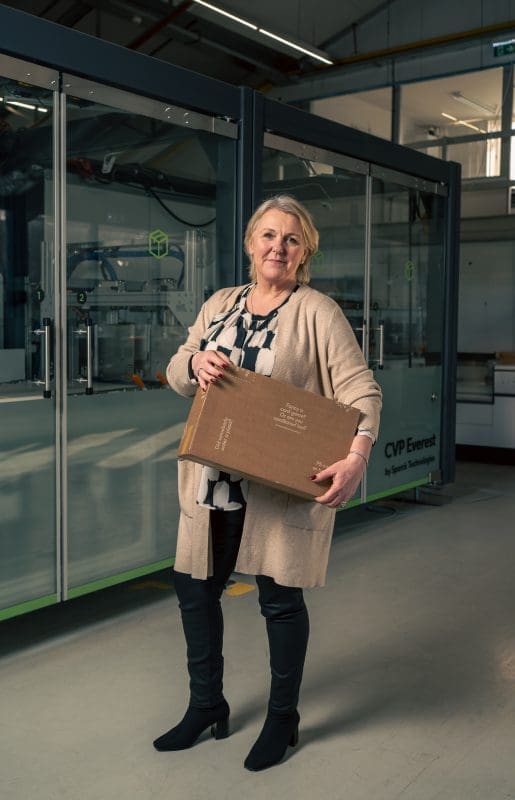
Cardboard boxes and void fill are widely regarded as just one, relatively minor, component of a much larger ‘distribution’ overhead, not worth sweating about. But a combination of price trends and politics is changing that rose-tinted view, especially for e-commerce businesses where ‘package appeal’ is increasingly seen as critical.
Online retail volumes have fallen back since the Covid-enforced boom, and packaging material manufacturers have responded in traditional manner by discretely withdrawing capacity. However, volumes are edging up again, and growth is expected to be particularly strong in smaller consignments (single items) and in smaller products. This inevitably means an increase in the proportion of packaging material to saleable goods, combined with tighter material supply and knock-on price rises.
Meanwhile, retail distributors face another and perhaps tougher challenge in the form of the European Union’s new Packaging & Packaging Waste Regulations (P&PWR), which have been approved by the European Parliament, and are expected to become law around early 2025, and then an implementation period of around 18 months. And yes, the UK isn’t in the EU any more, but if you are selling into the EU, these rules still apply.
P&PWR is a complex and comprehensive set of changes to existing rules, with the aims of reducing packaging usage and waste, which despite efforts has been trending in the wrong direction. There is special emphasis on reducing or eliminating the use of plastics, for example as void fill, and especially those that involve so called ‘forever plastics’, but the humble cardboard box or carton does not escape attention.
There will be a general obligation to reduce the weight and volume of packaging to the minimum necessary to ensure functionality. More specifically there will be an obligation (from January 2030 although it may become an expectation much sooner) that void space be less than 50% of the total package size. This will apply to all grouped, transport, and e-commerce operations.
Now that may be a problem for any business shipping more than a few ‘standard’ shapes and sizes of consignment. On manual packing lines, the tendency is to reach for the box size that the operator is sure will be big enough, and/or is to hand. ‘Big enough’ is often very significantly over size. It’s easy to see how many non-compliant consignments could arise.
Manually building right-size boxes, rather than reaching for standard pre-forms, is for any business above ‘cottage industry’ level, clearly unsustainable in terms both of time and labour cost. But most automated or semi-automated packing lines are predicated on using a few standard box sizes, often requiring orders for a particular box size to be grouped together for efficiency. However, the oversize conundrum remains.
So-called, 1D automated solutions, where only the height of a box can be reduced, is another common approach offering a partial solution. But the very limited flexibility is likely to hinder growing ecommerce businesses with expanding product portfolios and a keen eye on EU markets.
However, there is an advanced alternative. An automated 3D solution where ‘right-sized’ boxes are fabricated at high-speed for each individual ecommerce order. Sparck Technologies’ CVP Impack and CVP Everest ranges of automated packing lines help address both rising material costs and legislative requirements, while also boosting packing line productivity.
They 3D scan the item(s) that constitute an order and calculate the optimum shape and size of box required, which is then automatically cut from the card fanfold, creased, erected, sealed, checkweighed and labelled. Right sizing can reduce the consumption of card by 30% or more, as well as eliminating the need for void fill, including the nasty plastics that the EU is keen to eliminate. Throughput of up to 1,100 orders an hour can be achieved with just one or two operators, replacing up to 20 on purely manual packing stations.
Precisely how P&PWR will be applied – and what the penalty regime for non-compliance will be – is as yet unclear, although the good news is that, as a Regulation rather than a Directive, the rules will be identical across the EU, rather than with country-specific variations. It does appear, though, that it will be ‘marketplaces’ that are held responsible – they in turn seeking assurance from self-certification by vendors. Since Sparck packing lines automatically collect data on the dimensions of packages and their contents as part of their normal function, an evidential base for this self-certification already exists.
2030 may seem a while away, but it’s never too early to get ahead of the pricing and political game.

